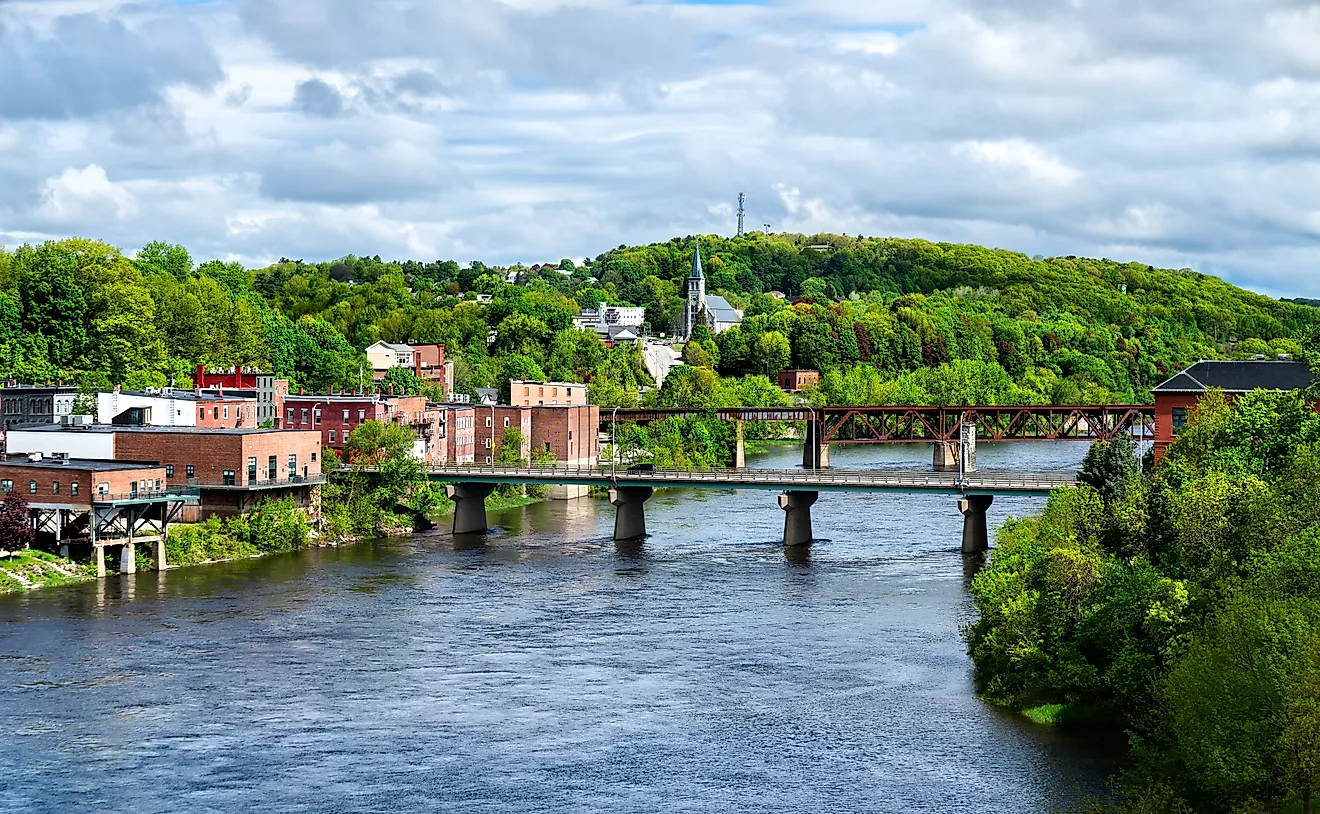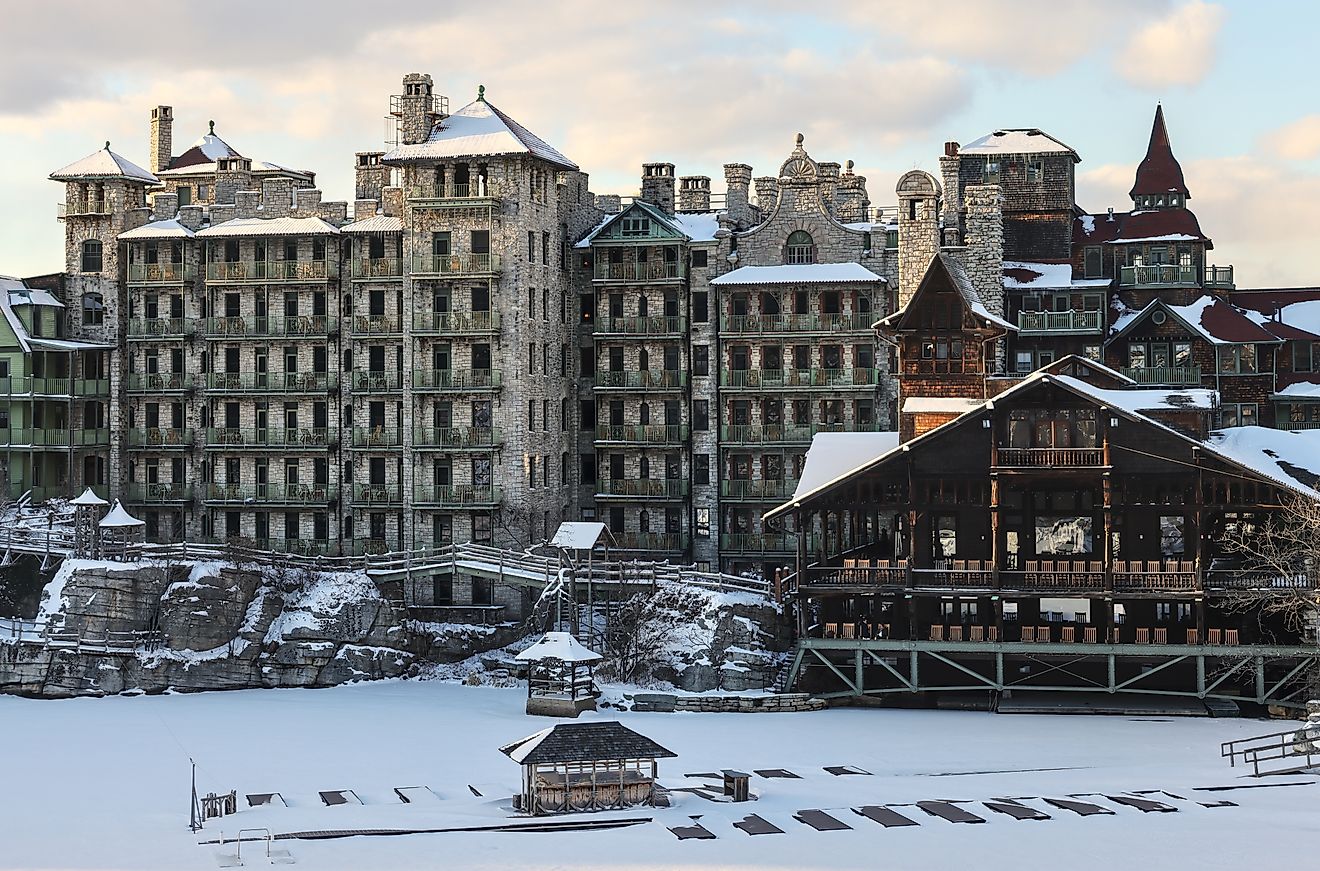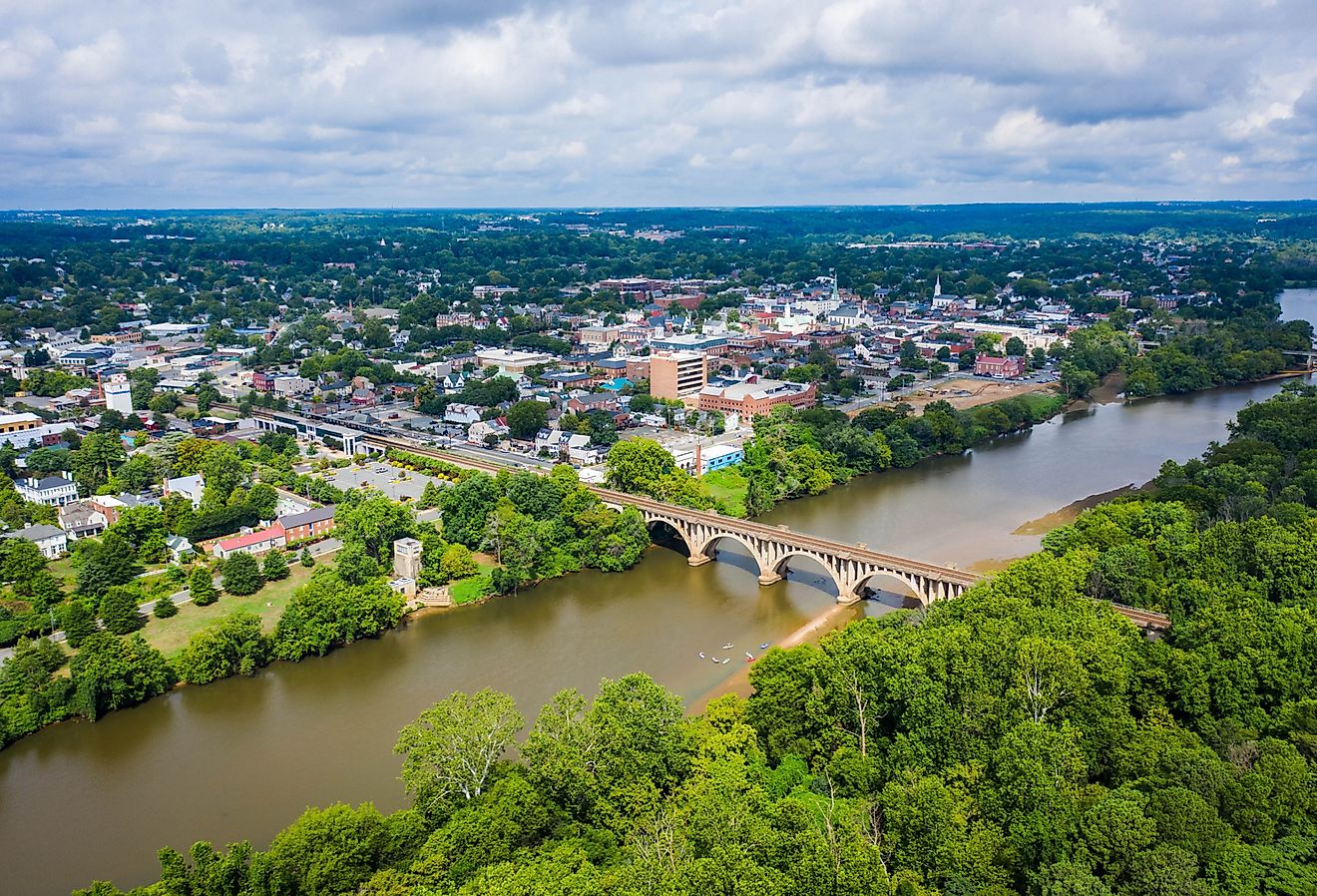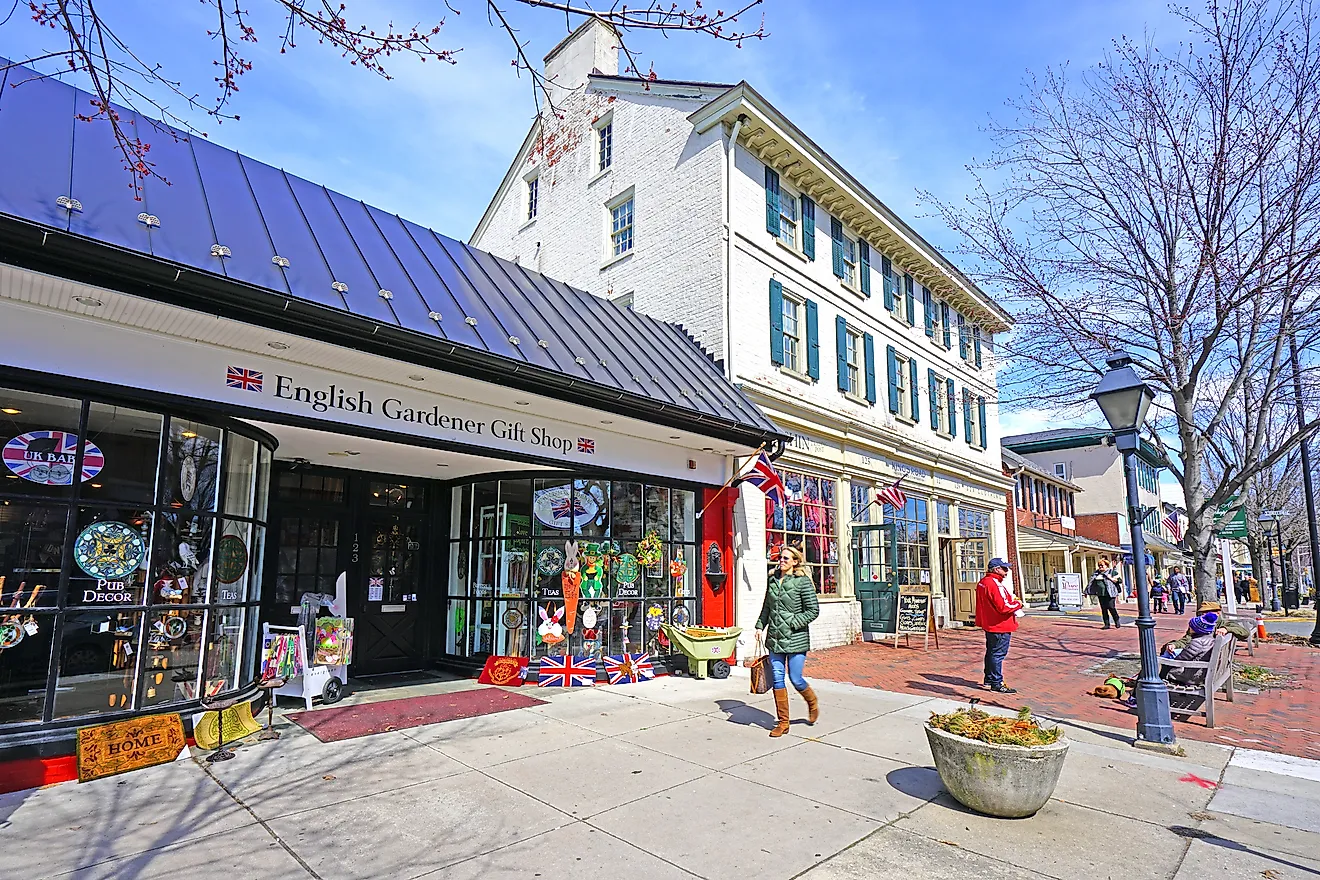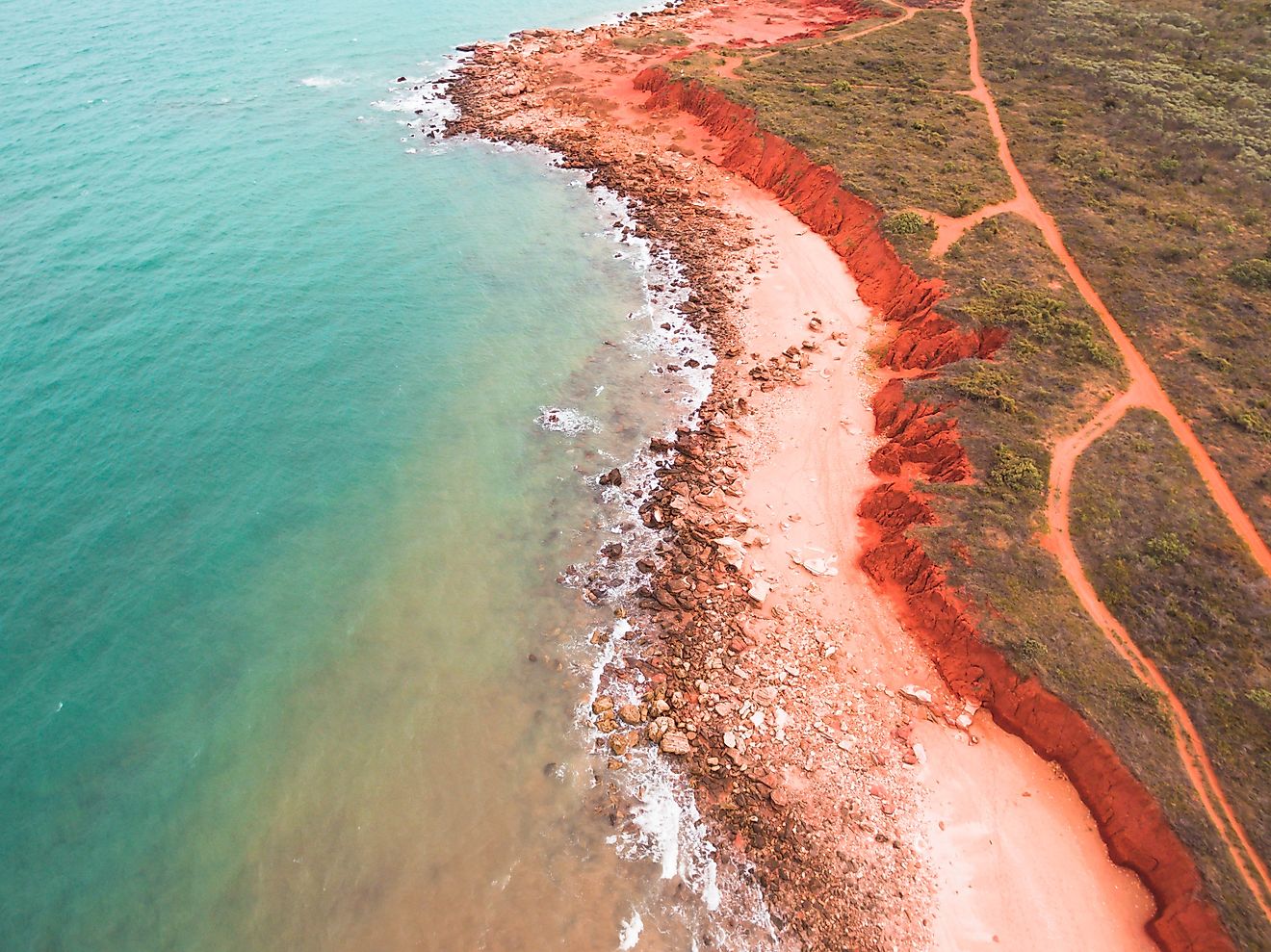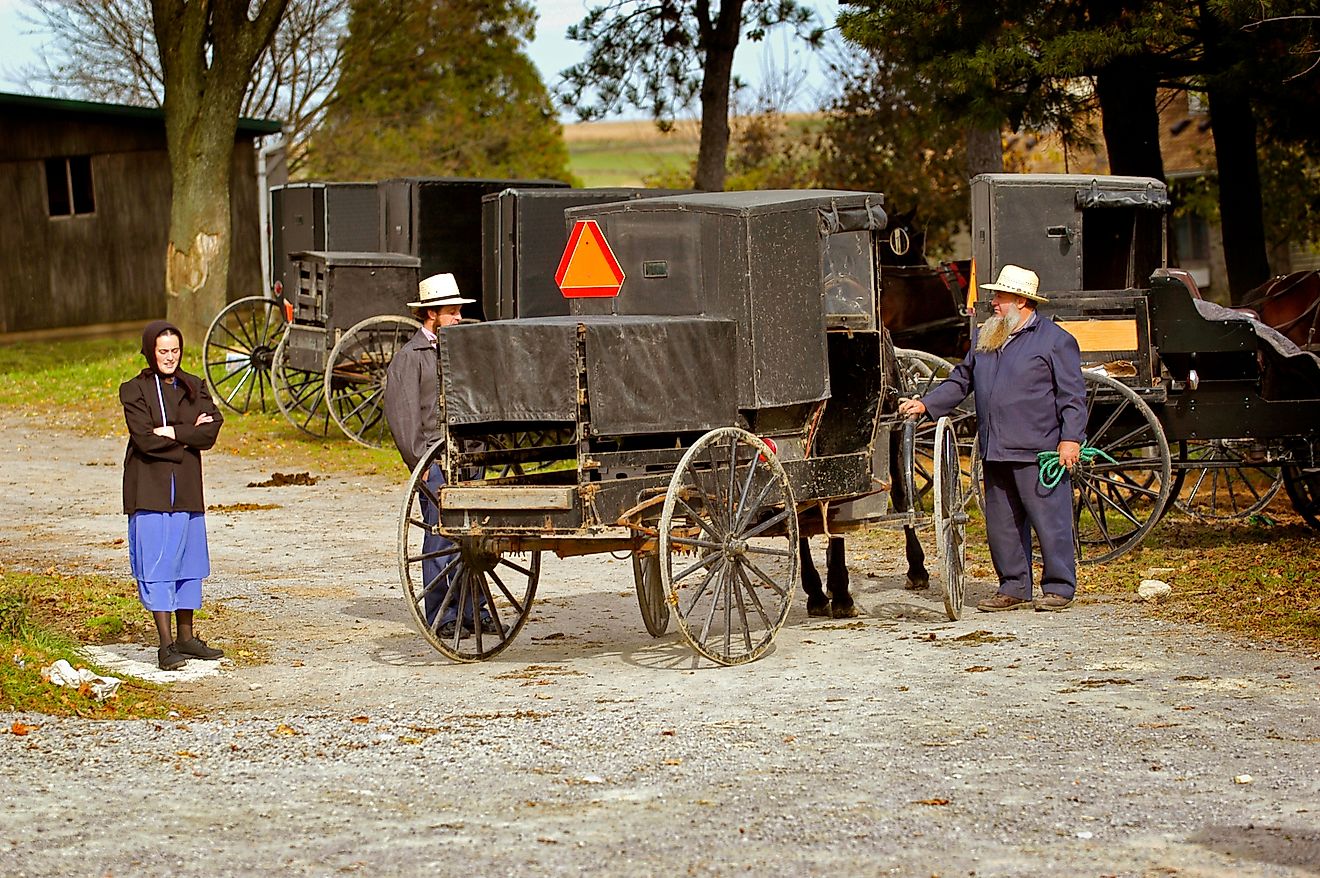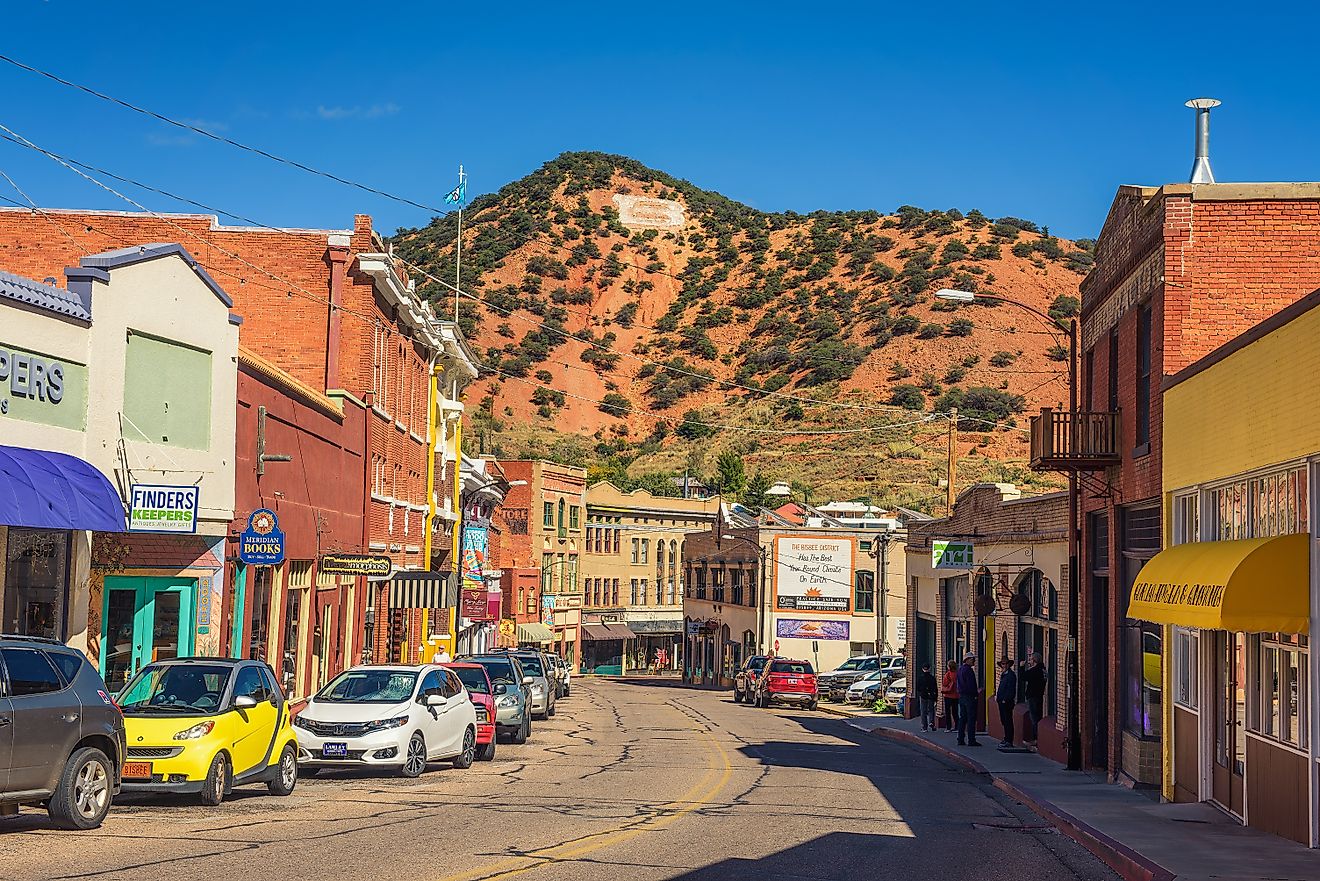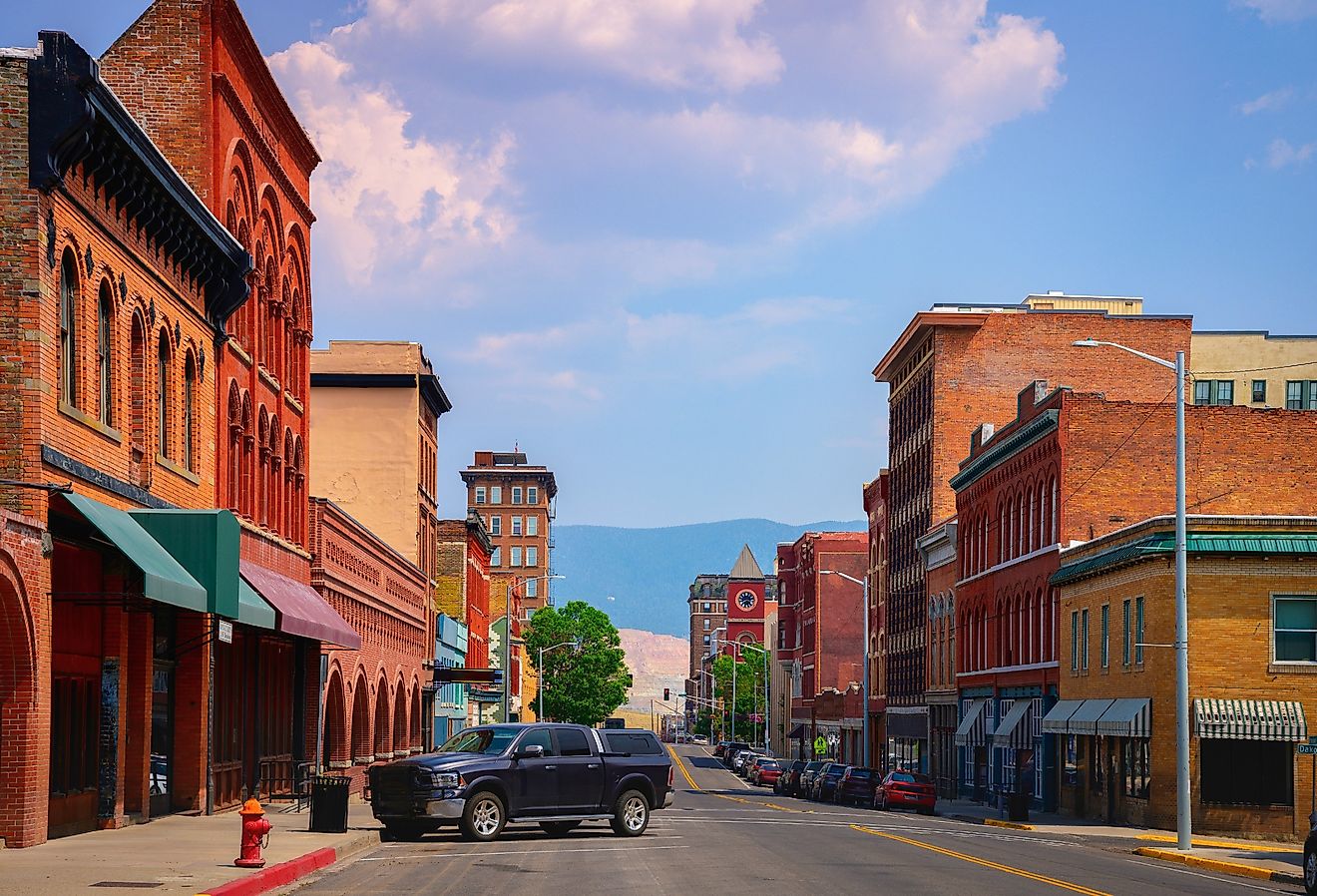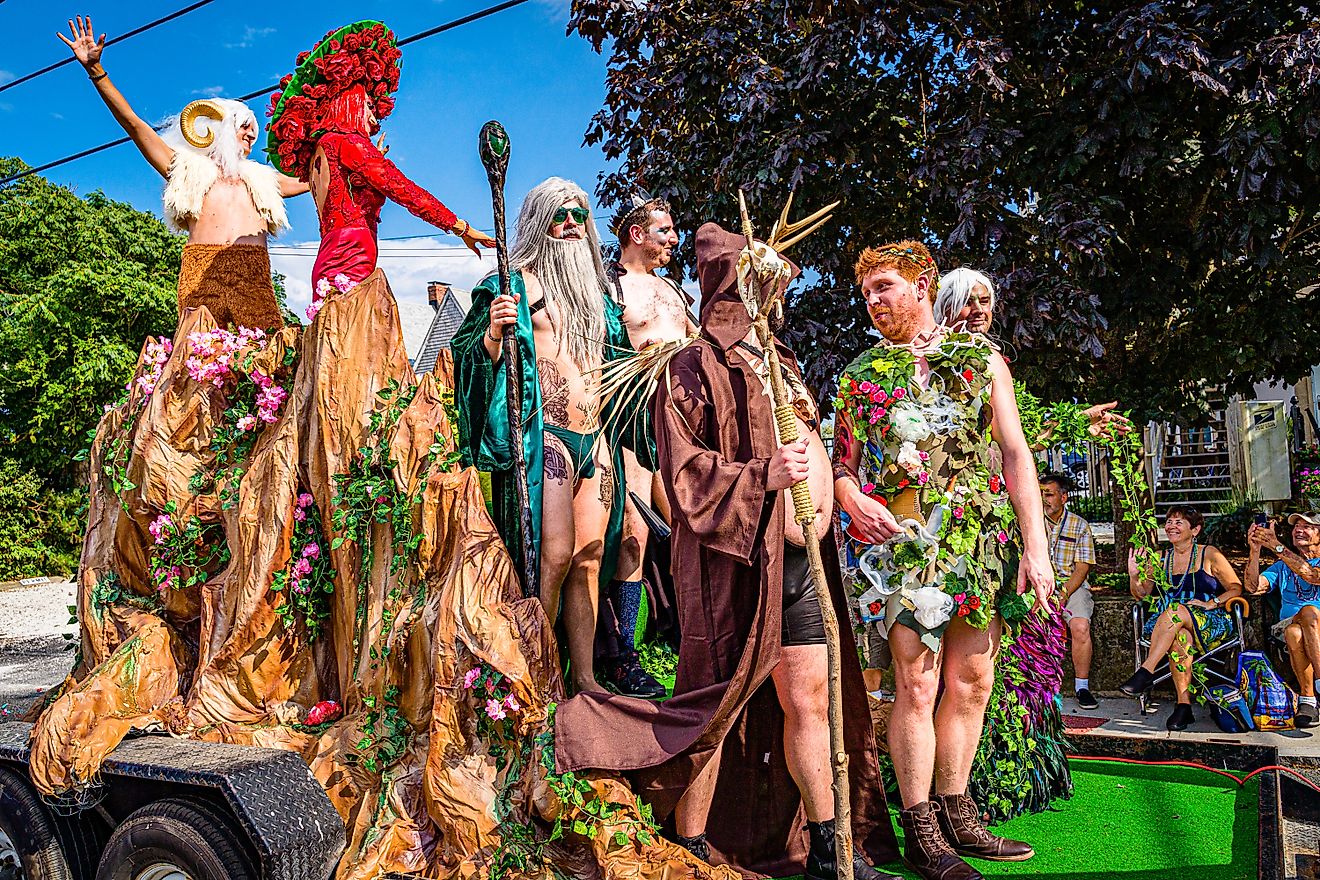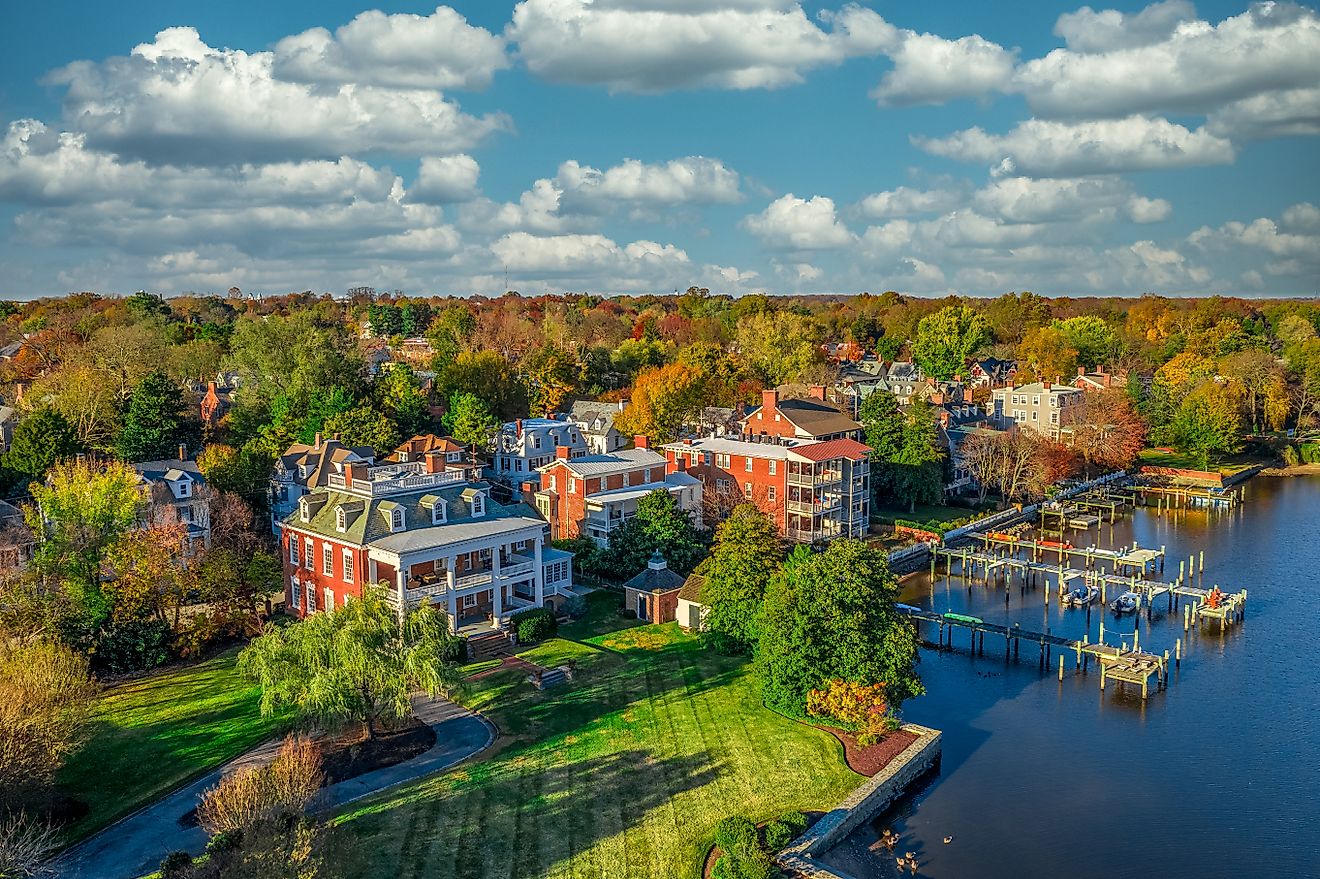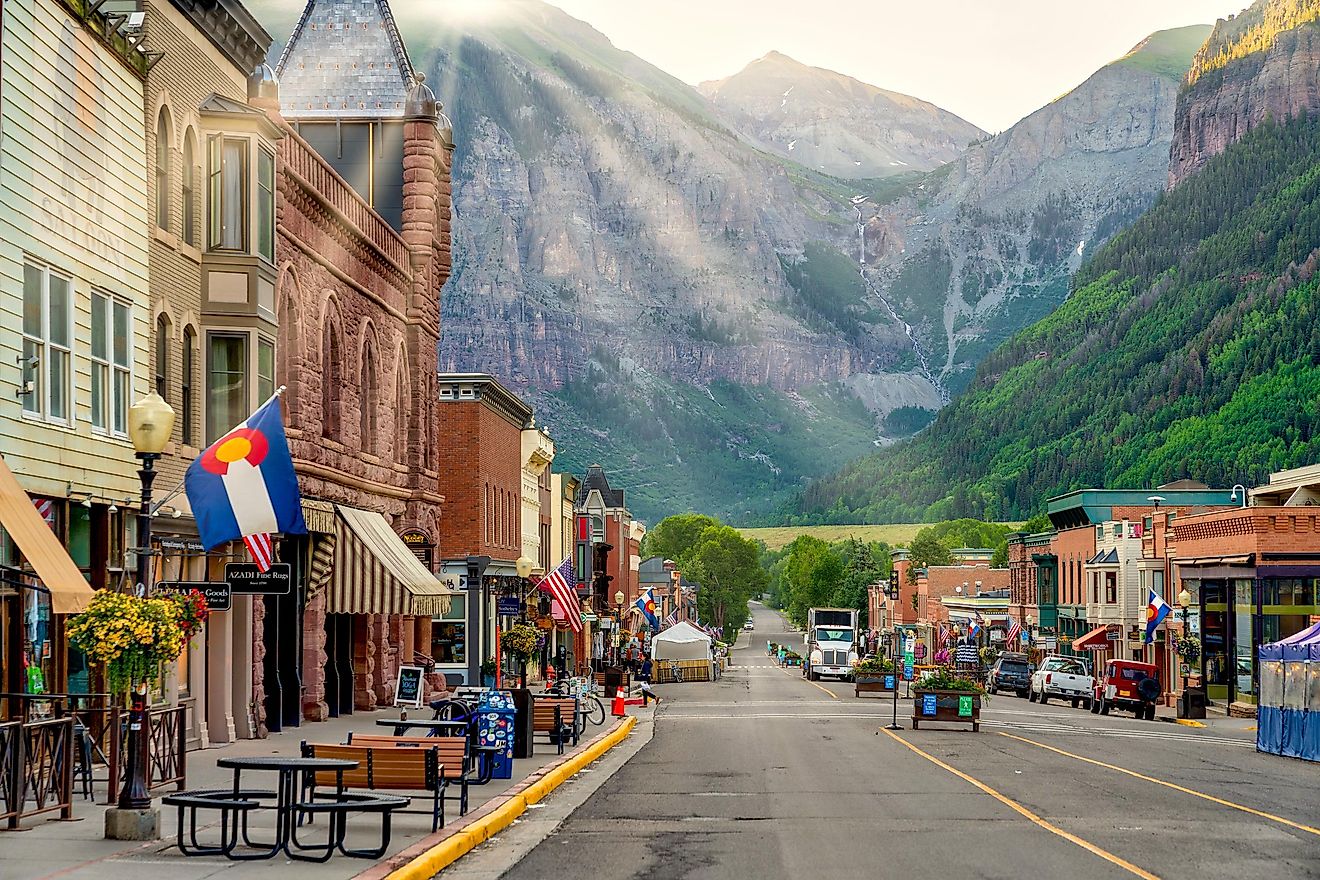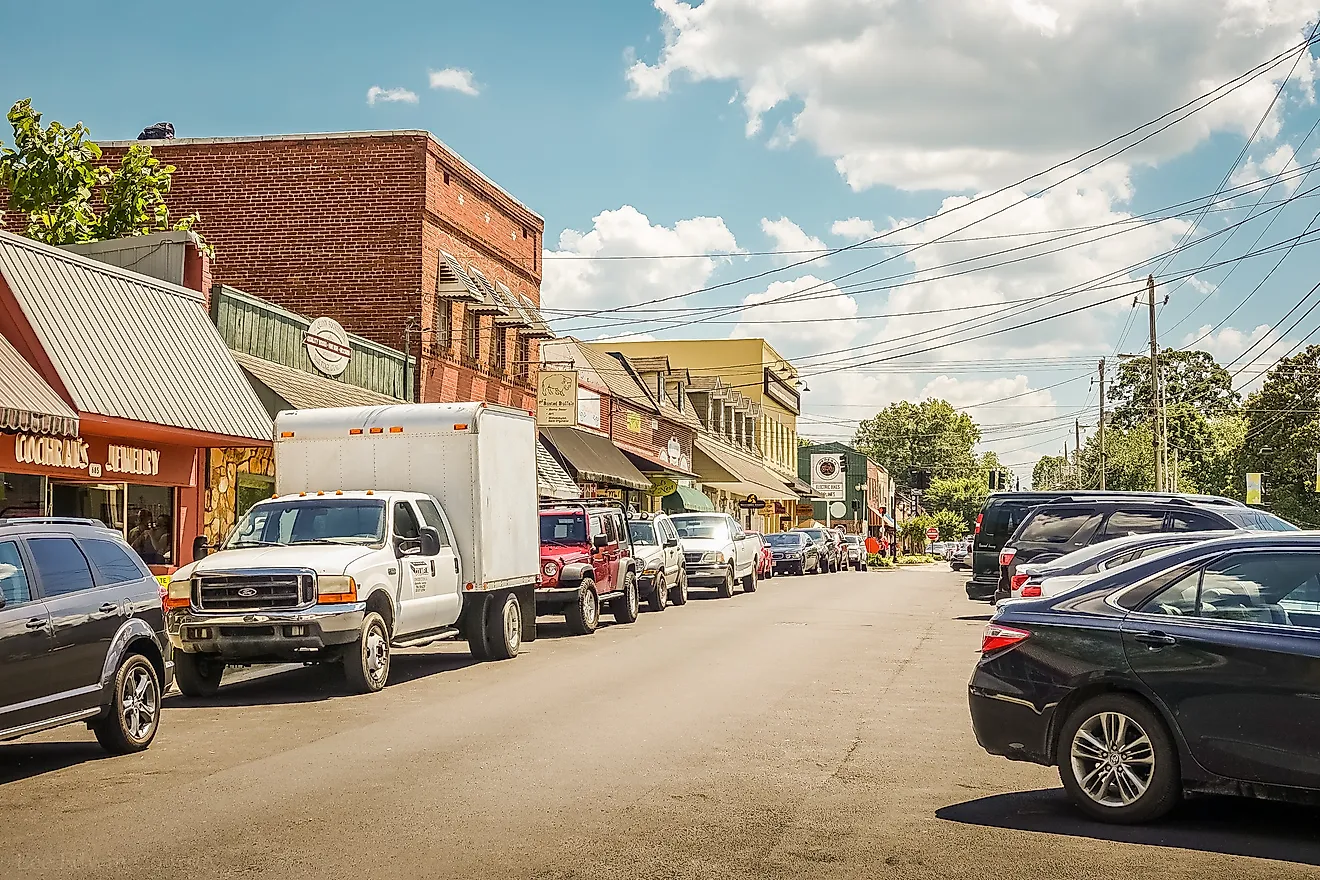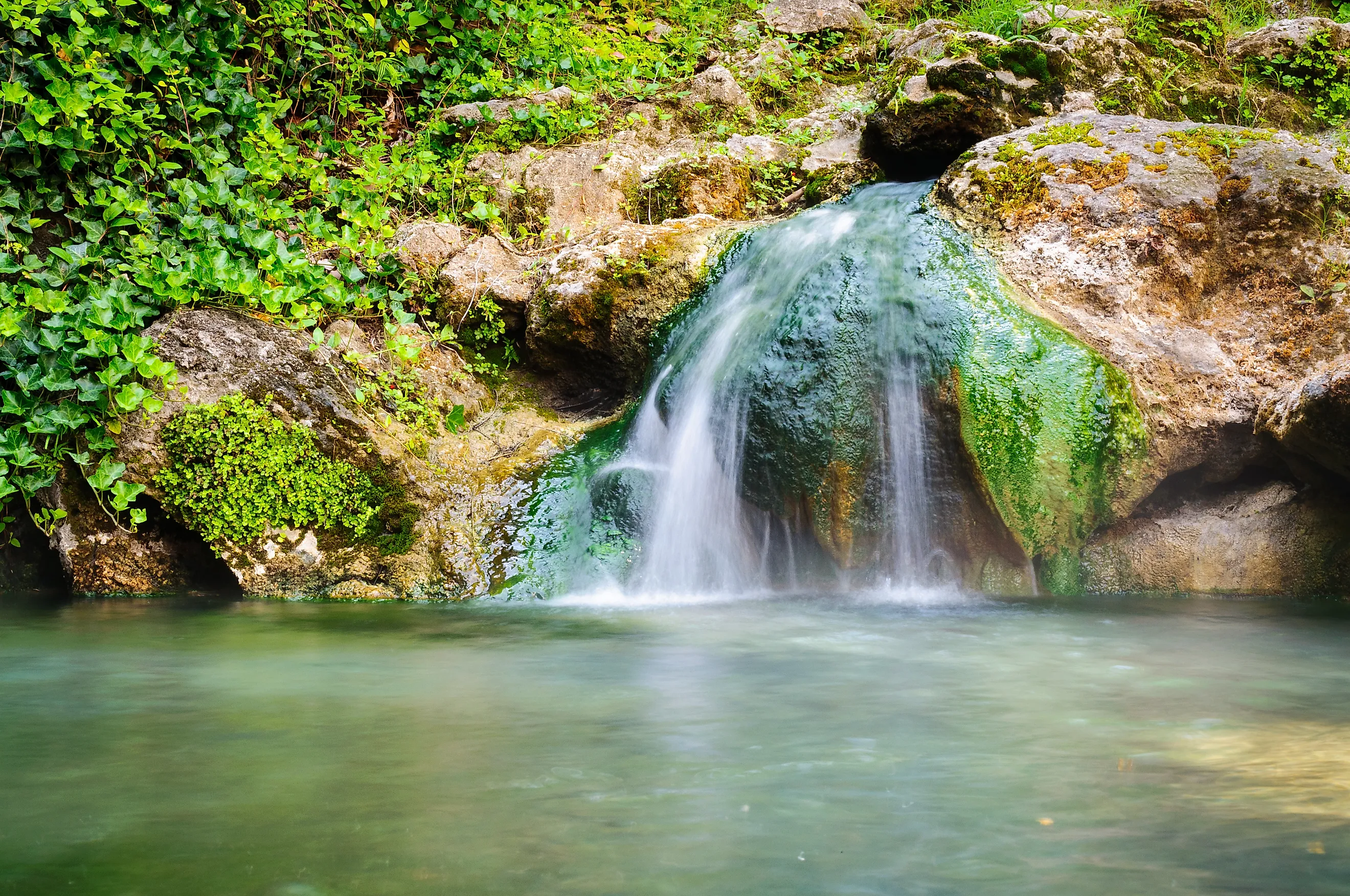
Hot Springs National Park’s Bathhouse Row Blends Victorian Luxury With Thermal Tranquility
Located in the very heart of Arkansas' scenic Ouachita Mountains, Hot Springs National Park is one of the most iconic geothermal landmarks in the United States. Spread across 5,550 acres of beautiful forested ridges and valleys within the community of Hot Springs, this amazing national park protects 47 thermal springs that together produce an estimated 700,000 gallons of water daily. And not just any old water. Emerging from the southwestern slope of Hot Springs Mountain, these mineral-rich waters are consistent at 143 degrees Fahrenheit and have been appreciated for their healing qualities for millennia.
Formed over thousands of years as rainwater percolated through fractures in the novaculite and sandstone bedrock, these waters were then heated through geothermal processes before rising back to the surface. The Indigenous peoples in the region, including the Caddo, Cherokee, and Choctaw peoples, considered these waters so sacred that—legend holds—they were designated as neutral territory so each tribe could benefit from their healing powers.
Fast forward to 1832, and the area was deemed of such national importance that Congress designated Hot Springs a federal reservation, a full 40 years before Yellowstone, making it America's oldest federally protected and managed area. Named a national park in 1921, it had by that time transformed into the country’s top health resort, drawing the likes of Al Capone and Babe Ruth to enjoy therapeutic treatments in its grand Victorian-era bathhouses.
Bathhouse Row and Central Avenue
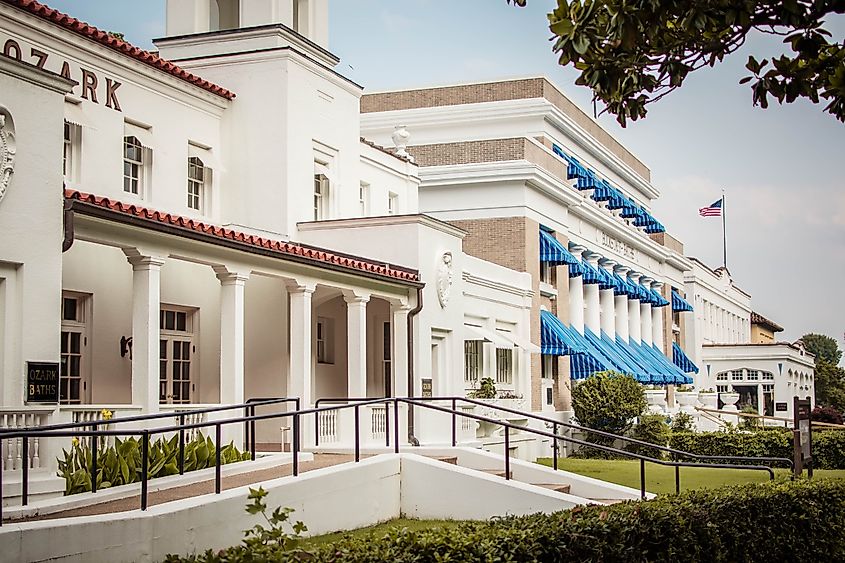
Bathhouse Row is undoubtedly the park's architectural masterpiece. Built between 1892 and 1923, these eight preserved bathhouses are considered among North America's finest examples of Gilded Age architecture. These opulent structures display distinct architectural styles, from Spanish Renaissance Revival to Neoclassical, creating a remarkable streetscape along Central Avenue.
The Fordyce Bathhouse, completed in 1915, is now operated as the park's Visitor Center and Museum. Its elegant three-story façade features exquisite terra cotta detailing, stained glass skylights, and even marble staircases that’ll transport you back to an era when "taking the waters" was considered a serious medical (and luxury) business. You can also check out the gymnasium, music room, and the men's bath hall with its original marble partitions and copper tubs still intact.
The Buckstaff Bathhouse, the only facility on the Row still operating as a traditional bathhouse, opened in 1912 and is a must-visit. Here you can experience authentic thermal bathing treatments that have changed little in over a century, complete with whirlpool baths, sitz baths, needle showers, and steam cabinets.
You’ll also want to take a stroll along the Grand Promenade. Stretching for half a mile behind Bathhouse Row, this elevated brick walkway connects the historic bathhouses with Hot Springs Mountain itself. Built between 1956 and 1961, it provides unforgettable views of the bathhouse rooftops and downtown Hot Springs while leading to several display springs where you’re permitted to dip your fingers into the thermal water.
Unique Natural Phenomena
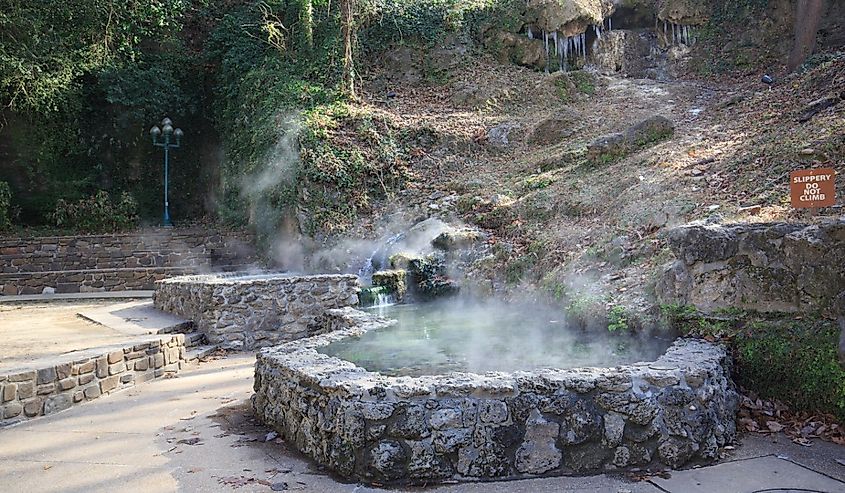
What sets Hot Springs apart from other national parks? Well, that’s a no-brainer: the unusual purity and mineral composition of its thermal waters. While most hot springs contain sulfur compounds that create that distinctive rotten-egg smell, these waters emerge virtually odorless and tasteless. The springs also contain dissolved minerals, including silica, calcium, and bicarbonate, but at levels low enough that the water is considered safe to drink.
The park itself has done a stellar job of ensuring these natural waters are accessible to the public thanks to its unique distribution system, with thermal water flowing through a series of reservoirs and fountains. Several “jug fountains” along Bathhouse Row even allow you to fill your own containers with spring water, a practice that dates back over a century.
You’ll also want to check out Tufa Terrace, accessible via a great trail leading to displays of colorful mineral deposits built up over millennia by flowing spring water.
Other Things To Do at Hot Springs National Park
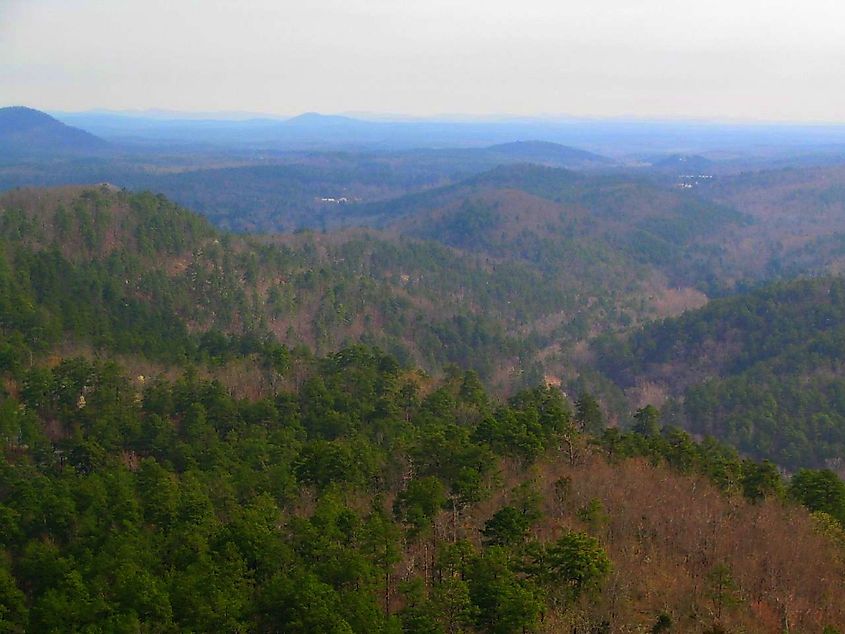
In addition to spending time soaking up the thermal waters, there’s so much more to do in Hot Springs National Park. Enjoy hiking? Then you’ll want to hit the Hot Springs Mountain Trail, which begins behind the Grand Promenade and climbs 3.1 miles through dense forest to the mountain's summit tower. Although a moderate trail, it rises 636 feet in elevation and connects with the mile-long Goat Rock Trail for those seeking additional mileage. The tower at the summit, though, makes the exertion worthwhile for its 360-degree views over the Ouachita Mountains.
The Sunset Trail is the park's most challenging hike. It is a 10-mile round trip that traverses the length of North Mountain and West Mountain, with multiple scenic overlooks along the way. For easier walks, the Peak Trail offers a gentle half-mile loop that’s perfect for families, while the Gulpha Gorge Trail follows a creek for nearly a mile to a small waterfall. Gulpha Gorge is also popular for its basic, no-frills campground.
While no lodging exists within the park’s boundaries, you should consider booking something nearby in order to get the most out of your time at this national treasure (some of the best are even within walking distance of Bathhouse Row). Favorites include the Arlington Resort Hotel & Spa, a huge property built in 1924 that boasts its own thermal water supply and offers traditional bathing services alongside modern spa treatments.
When To Visit
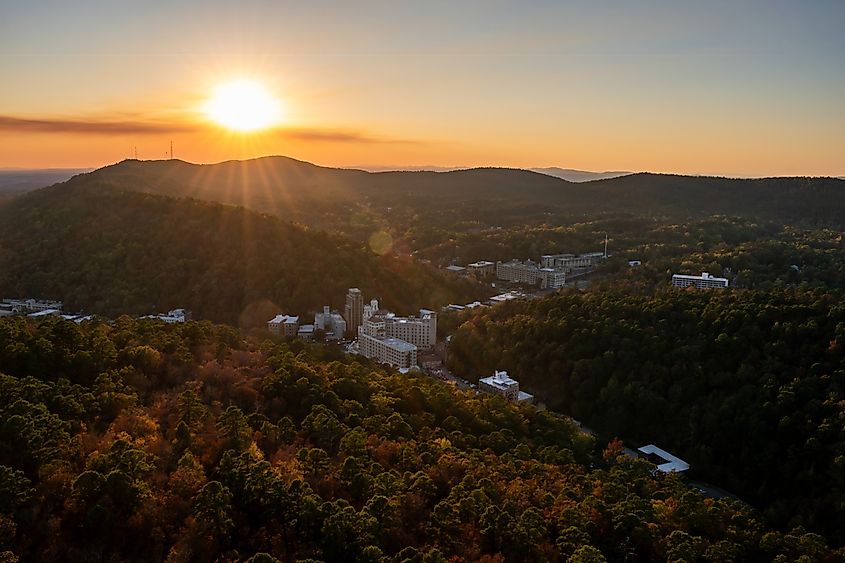
Spring (March-May) brings ideal hiking weather with temperatures in the 60s-70s and wildflowers blooming in abundance alongside the trails. Smaller crowds are another benefit. Summer sees the heaviest visitation, but early morning trail hikes beat the crowds and the heat. The Buckstaff Bathhouse can experience wait times exceeding two hours on summer weekends, so plan accordingly. Better still, arrive at opening time (8 am Monday-Saturday) or make reservations.
Fall is, of course, popular for leaf-peeping. The foliage here from mid-October through early November, particularly along the Sunset Trail, is breathtaking. Winter rarely brings snow, but occasional ice storms can close mountain trails, so check the conditions at the visitor center before venturing out for a hike. Winter’s also a good time to visit, as the steam plumes from Happy Hollow Spring and the Hot Water Cascade can be seen in parts of downtown Hot Springs; it’s an especially pretty sight over the festive season.
Final Word
There’s little doubt that Hot Springs National Park is one of the most unique natural landmarks in the USA. It also perfectly preserves a remarkable chapter in America’s history, when Victorian sensibilities, medical innovation, and natural thermal waters converged to create the country’s first resort destination. Visit today, and not only can you soak in the same thermal baths as millions have before you, but you can also make a weekend of it and explore some of the most scenic trails in the South. So, what are you waiting for?
